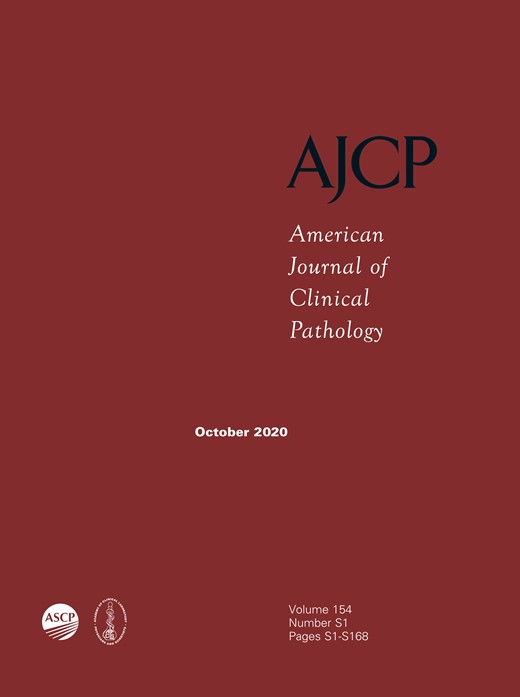I am guessing that it's 7-hydroxymitragynine. Mitragynine is a prodrug, itself it has no affinity for the opiate receptors.
I suspect that 7-OHM acts like a rigid analogue of the 4-acetoxy-4-phenyl-1-methylpiperidine class of opioids. That the rest of the molecule simply increases the LogP and is the reason why the bare -OH rather than an ester of same is so active.
That said, it's worth noting that their will be a hydrogen-bond between the methoxy of the aromatic and the tertiary hydroxyl. This is important to the potency of drugs like (dihydro)etorphine. The (dihydro)etorphine homologues with the 6-methoxy removed display MUCH lower activity in spite of the fact that in simpler (4-ring) phenanthracene opioids, the 6-methoxy and 6-desmethoxy homologues is almost the same.
Does anyone know if people have carried out research in which partial structures of 7-hydroxymitragynine were tested. That hydrogen bonding is also seen in a lot of the phenylpiperidine opioids with the piperidine being in the boat conformer and the 4-O & the 1-N interact. Active conformation used to be a matter of guesswork. It's more modern research that has revealed such details. I suspect it explains why azaprocin is so much more potent than buccinazine (AP-237) and why adding cis methyl groups to the 2 & 6 position increase the potency (I guess it would be called AP-239.

